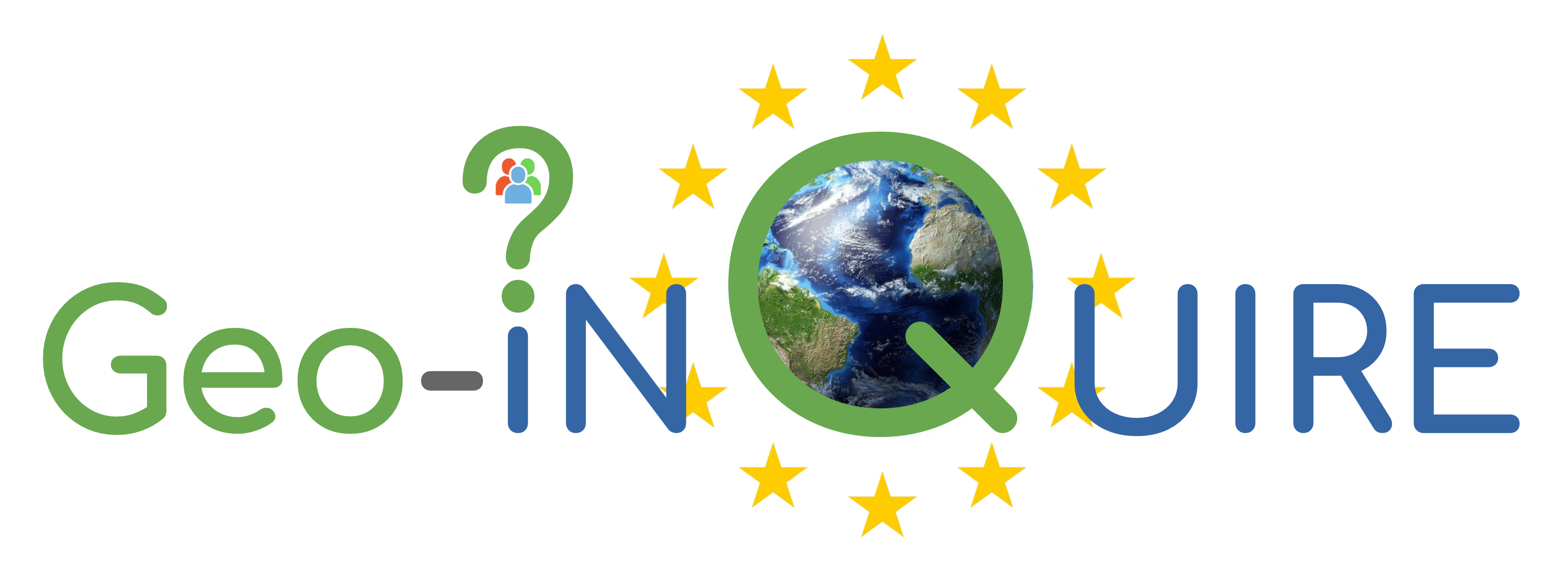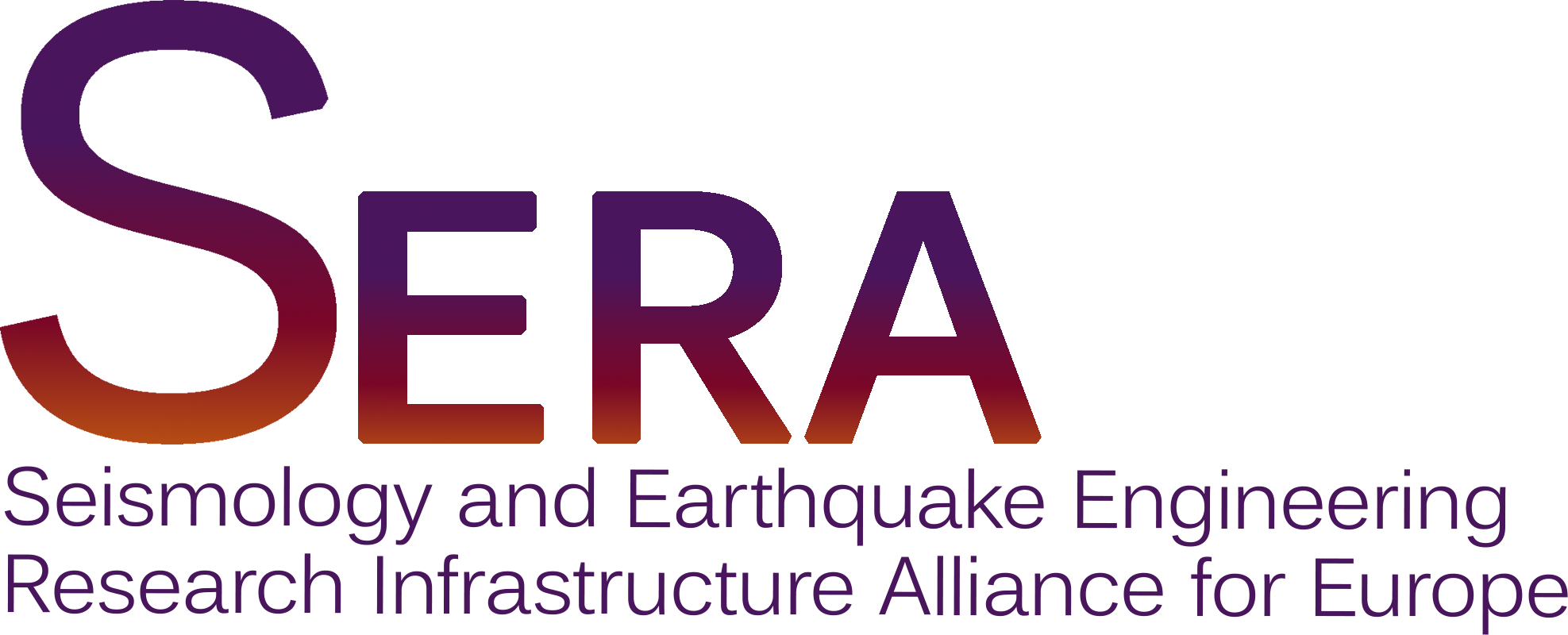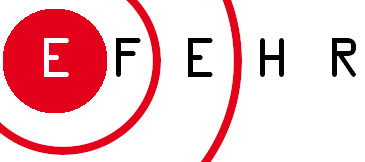- Details
- Category: datasets
PNRR MEET WP11 IPSES Activity 11.9a.
Earthquake faulting is a complex process encompassing different spatio-temporal scales. Datasets of active
faults and seismogenic sources typically provide one or just a few facets at a time of this many-sided system.
This activity aims to coordinate the geological and geophysical communities, particularly those working on
earthquake hazards (e.g., surface displacement, ground failures, ground shaking, tsunami), to develop new
datasets and strengthen existing ones to provide innovative, strategic data-service portfolios.
After establishing the main requirements, we will design workflows for the following data: 3D fault geometries
of seismogenic sources with constraints from geological 3D models (see OU 15 ISPRA); connections between
3D fault geometries and 2D fault surface traces (see OU 15 ISPRA); integration between spatial parameters of
coseismic surface ruptures and earthquake-induced ground failures (see OU 15 ISPRA); paleoearthquakes data.
The 4th dimension will be ensured by integrating the timing of modern and ancient surface ruptures and ground
failures.
The development of these new datasets will be aided by the Geology and Geotechnologies Laboratory
(https://bit.ly/33nPfCj) and the Reflection Seismology Laboratory “SismoLab-3D”
(https://sismolab3d.ingv.it/). Coordination meetings will be organised to harmonise the different
contributions.
Web services of 4D interoperable data and metadata, using EPOS-compliant protocols (considering persistent
identifiers, licences, metadata, documentation, and DMP), will be distributed through the
SEISMOFAULTS.EU Platform (https://www.seismofaults.eu/) and linked to the Italian Platform for Solid
Earth Science. Users will thus be enabled to explore and retrieve information from traditionally disconnected
datasets. For example, it will be possible to integrate active fault data from different sources, improving the
findability and accessibility of such information by a wide community of users and stakeholders.
- Details
- Category: datasets
European Fault-Source Model 2020 (EFSM20)
The European Fault-Source Model 2020 (EFSM20) was initially designed as a product of the EU H2020 Project SERA (WP25-JRA3) to fulfill the requirements related to active faulting of the 2020 update of the European Seismic Hazard Model (ESHM20) following the probabilistic framework established for the 2013 European Seismic Hazard Model (ESHM13). EFSM20 is now part of the portfolio of the EFEHR services.
EFSM20 has two main categories of seismogenic sources: crustal faults and subduction systems. Crustal faults provide the hazard model with seismicity rates in various tectonic contexts, including onshore and offshore active plate margins and interiors. Subduction systems provide the hazard model with slab interface and intraslab seismicity rates. The model includes 1,248 crustal faults spanning a total length of ~95,100 km and four subduction systems (Gibraltar, Calabrian, Hellenic, and Cyprus Arcs), with a focus on an area encompassing a buffer of 300 km around all target European countries (except for Overseas Countries and Territories, OTCs) and on a maximum of 300 km depth for slabs. Besides the original dataset, EFSM20 features 3D fault-source geometries made of triangular meshes that can be used in various applications of earthquake modeling.






